New Jersey WWTP adds biogas conditioning system, generator



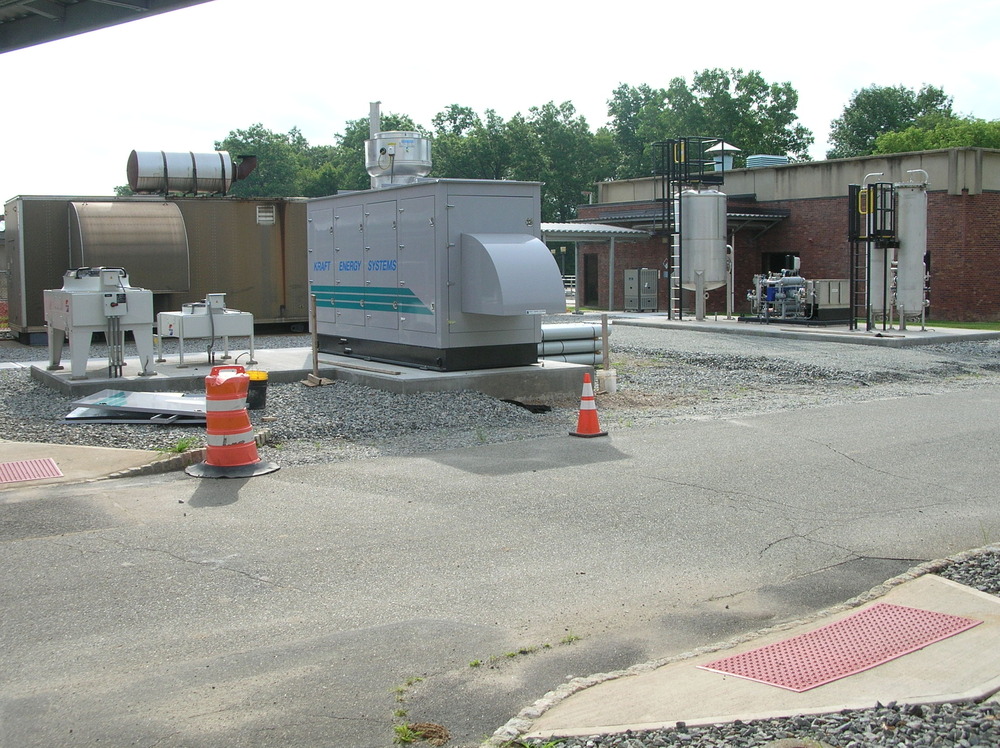
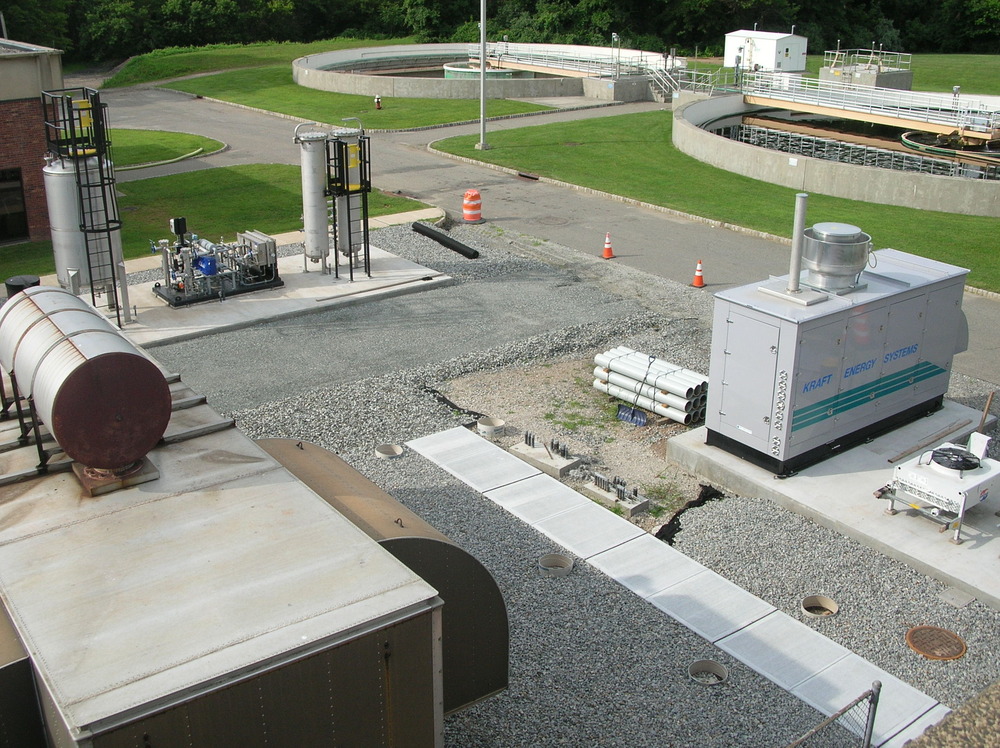
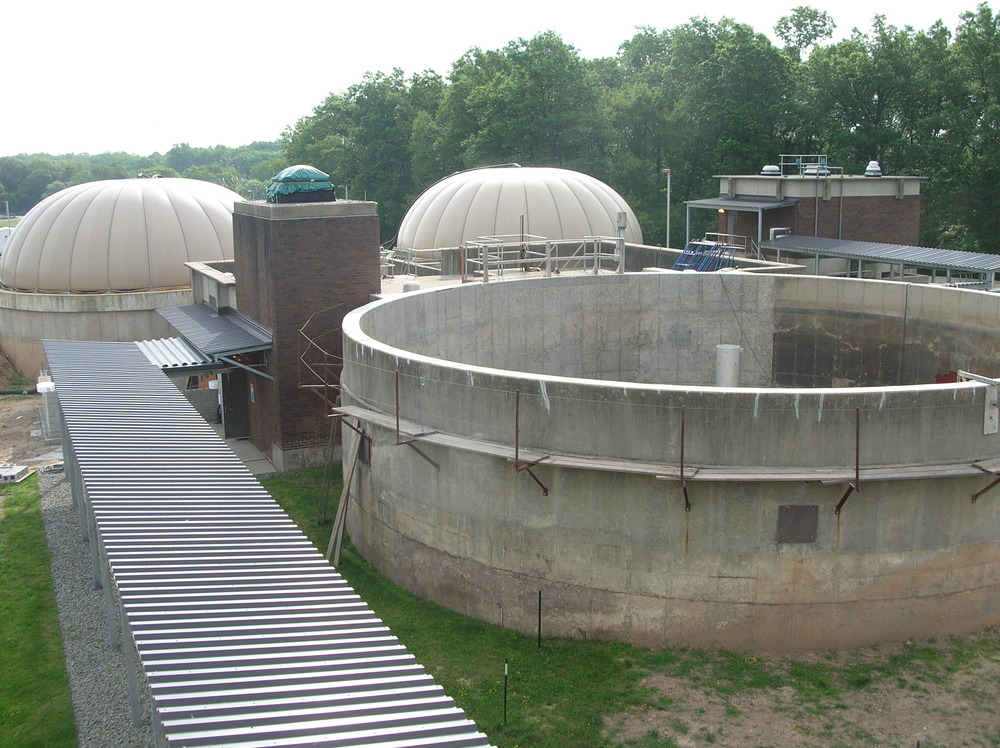
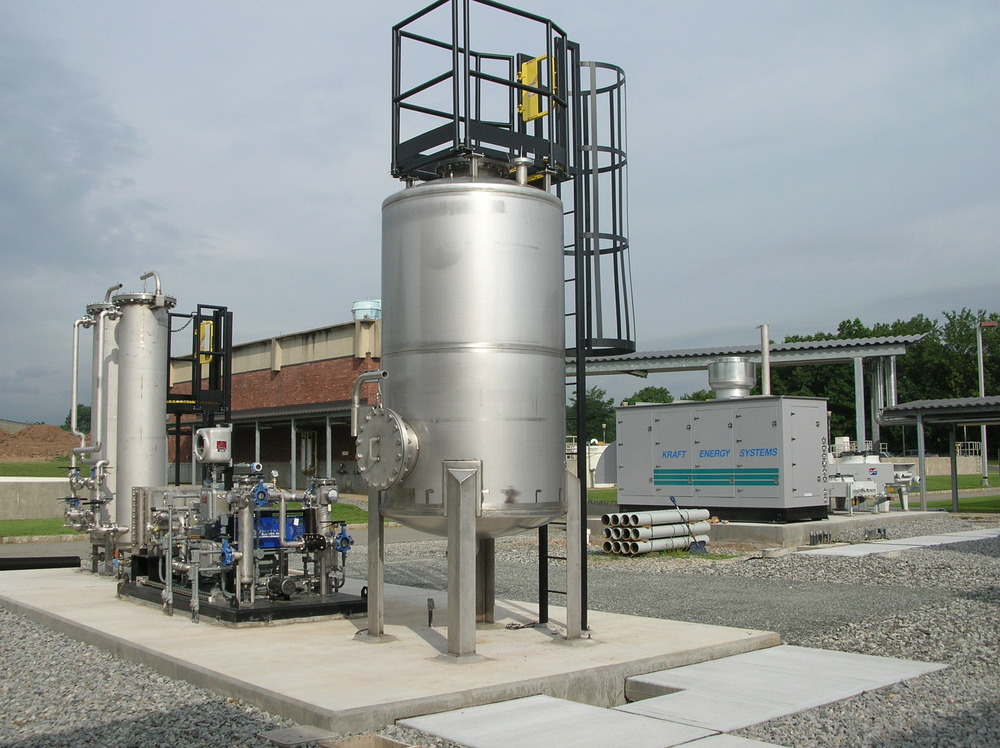








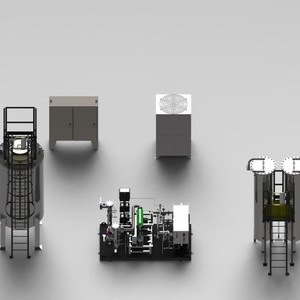
Clean Methane Systems LLC
July 15, 2015
BY Katie Fletcher
New Jersey’s Hanover Township wastewater treatment plant (WWTP) expects to finish a project to more efficiently use biogas produced at the plant by fall of this year. Biogas conditioning equipment and a 100-kilowatt (kW) generator have been installed.
“The Hanover Sewage Authority wants to maximize its digestion capability and reduce dependency on purchased power as well as improve operations and enhance safety in various plant processes,” said Pete Tyrrell, superintendent of the Hanover Sewage Authority.
The way the authority is doing this is with the edition of biogas-conditioning equipment, provided by Clean Methane Systems LLC, and a 100-kW Kraft engine. With these two components installed, Tyrrell said there are ongoing digester improvements, but the project should be completed later this year.
The WWTP constructed its original anaerobic digester (AD) in 1960, which included a smaller AD, a Doerr-Oliver system. A larger AD was constructed and put into service in 1980, while the smaller AD was mothballed until 2011, when it was equipped with a Dystor membrane-gas-storage system and new Vaughn mixers, Tyrrell said. Biogas is currently used to fuel the boilers providing heat to the digesters and plant buildings. As part of the digester improvements in the current project, the larger AD is being equipped with a membrane-storage system and Cannon mixers.
According to Tyrrell, the authority is rehabilitating the larger AD for its primary sludge and will convert the smaller digester for digesting waste-activated sludge (WAS), which is currently only thickened and hauled offsite. “The additional gas produced in the WAS digester and in the improved primary sludge digester will allow for ample biogas production to fuel combined-heat-and-power (CHP) generators, reducing the amount of electricity from the grid, and also reducing the frequency of boiler operations and fuel oil consumption for maintaining optimum digester temperatures.”
Advertisement
Advertisement
In addition to the WWTP’s improvements to its digesters, the plant has recently added gas-conditioning equipment and a generator. CMS is providing the gas-conditioning equipment including a 5-feet in diameter by 8-feet straight side SulfrPack ST sulfur vessel; a SAGPack gas compression and moisture removal skid; two, 2-feet in diameter by 10-feet straight side SAG vessels; a control panel and a glycol air-cooled chiller.
The SulfrPack eliminates sulfur from biogas streams, and the SAGPack, which stands for segmented-activated gradient, compresses the gas to meet the Kraft engine inlet pressure requirement. The moisture is also reduced to below 40 percent relative humidity by cooling the biogas with a glycol mixture. The SAG vessels hold 700 pounds of layered media in each vessel, selectively removing siloxanes and other harmful volatile organic compounds (VOCs) from the biogas. The glycol air-cooled chiller provides cold glycol to perform moisture removal at the SAGPack skid.
The process begins with the SulfrPack technology. The vessel is filled with 8,000 pounds of SulfaTreat media. “As the gas travels through a vessel holding this media it selectively removes the hydrogen sulfide (H2S) from the gas,” said Brian Steinberg, lead engineer with CMS. “The H2S is obviously a big concern with the engines, it creates a corrosive nature and could create havoc with the engines. In this project, we’re taking the gas which is normally between 100 and 400 parts per million (ppm) of H2S. I believe the media will actually reduce it to well below 50 ppm of H2S.”
Steinberg adds that the engines can take much more than 50 ppm of H2S, but to play it safe this technology was utilized. Once the media has been fully spent, the nonhazardous, nontoxic material is disposed of and new media is put in its place.
After the gas moves through the SulfrPack system, the SAGPack compresses the gas up to the required pressure for the engine and removes the moisture. “We pull the gas down to 40 degrees Fahrenheit, remove the free moisture, then heat it up to 80 degrees Fahrenheit,” Steinberg said. “By doing that no moisture would occur in the gas once it gets cooled back down again to 40 degrees Fahrenheit. After the gas has been compressed and the moisture has been removed, we go through the siloxane removal process, and we actually have a patent on the technology where we’ve layered different medias to selectively remove different types of siloxane, so you get the highest removal efficiency with the technology, basically pairing up different siloxanes with different medias.”
According to Steinberg, the systems require little maintenance besides the recommendation to have someone onsite do a daily walk through to make sure everything is running smoothly. Some quarterly and annual maintenance is also recommended as well as periodic gas testing. “Typically what we recommend for the first 12 months is a monthly gas test, and after the first 12 months we’ll have a better idea of what is in the gas and recommend just quarterly testing,” Steinberg said. “The gas testing will tell us exactly when the media requires changeup.”
Advertisement
Advertisement
At the WWTP, Tyrrell said, after full analysis of operational requirements during the acceptance/warranty period, any necessary adjustments to staffing levels will be considered.
The successful bid for the project, Contract 38, was for $6.5 million, of which $1 million was for the CHP and gas-cleaning system; the remaining $5.5 million is dedicated to other portions of the project including digester rehabilitation, changing from sulfur dioxide to sodium bisulfite for effluent de-chlorination to accommodate installation of new bar screen units in the plant main pump station and upgrades to plant programmable logic controller (PLC) and supervisory control and data acquisition (SCADA) infrastructure.
A supplemental project to bring natural gas service to the facility is also underway, which will offset some fuel oil costs for generator and boiler use. “This project, along with a similar one to install natural gas service to the treatment plant and an additional CHP system, is expected to reduce overall costs for power and sludge removal, increase methane gas production and storage capability, provide a safer work environment and automate several manual operator tasks to increase capture of inert and non-organic wastes prior to entering secondary treatment tanks and digesters,” Tyrrell said.
Upcoming Events





